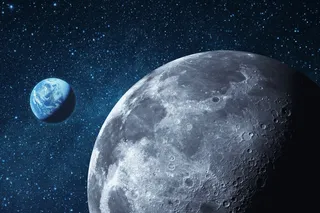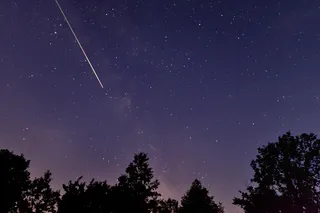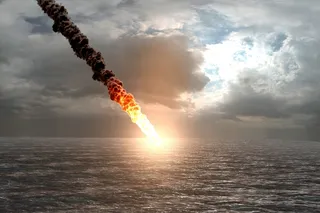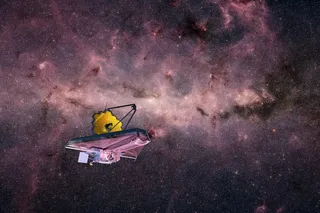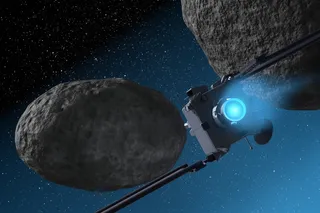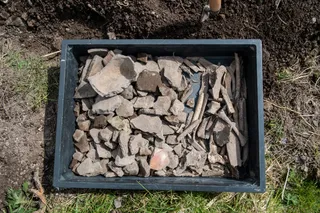I have a feature story in the latest issue of New Scientist about the decline of Arctic sea ice, and our expectations for this fall when a seasonal low is reached. Here's how it starts out:
LAST September, David Barber was on board the Canadian icebreaker CCGS Amundsen, heading into the Beaufort Sea, north of Alaska. He was part of a team investigating ice conditions in autumn, the time when Arctic sea ice shrinks to its smallest extent before starting to grow again as winter sets in. Barber, an environmental scientist at the University of Manitoba in Winnipeg, Canada, went to sleep one night at midnight, just before the ship was due to reach a region of very thick sea ice. The Amundsen is only capable of breaking solid ice about a metre thick, so according to the ice forecasts for ships, the region should have been impassable. Yet when ...


